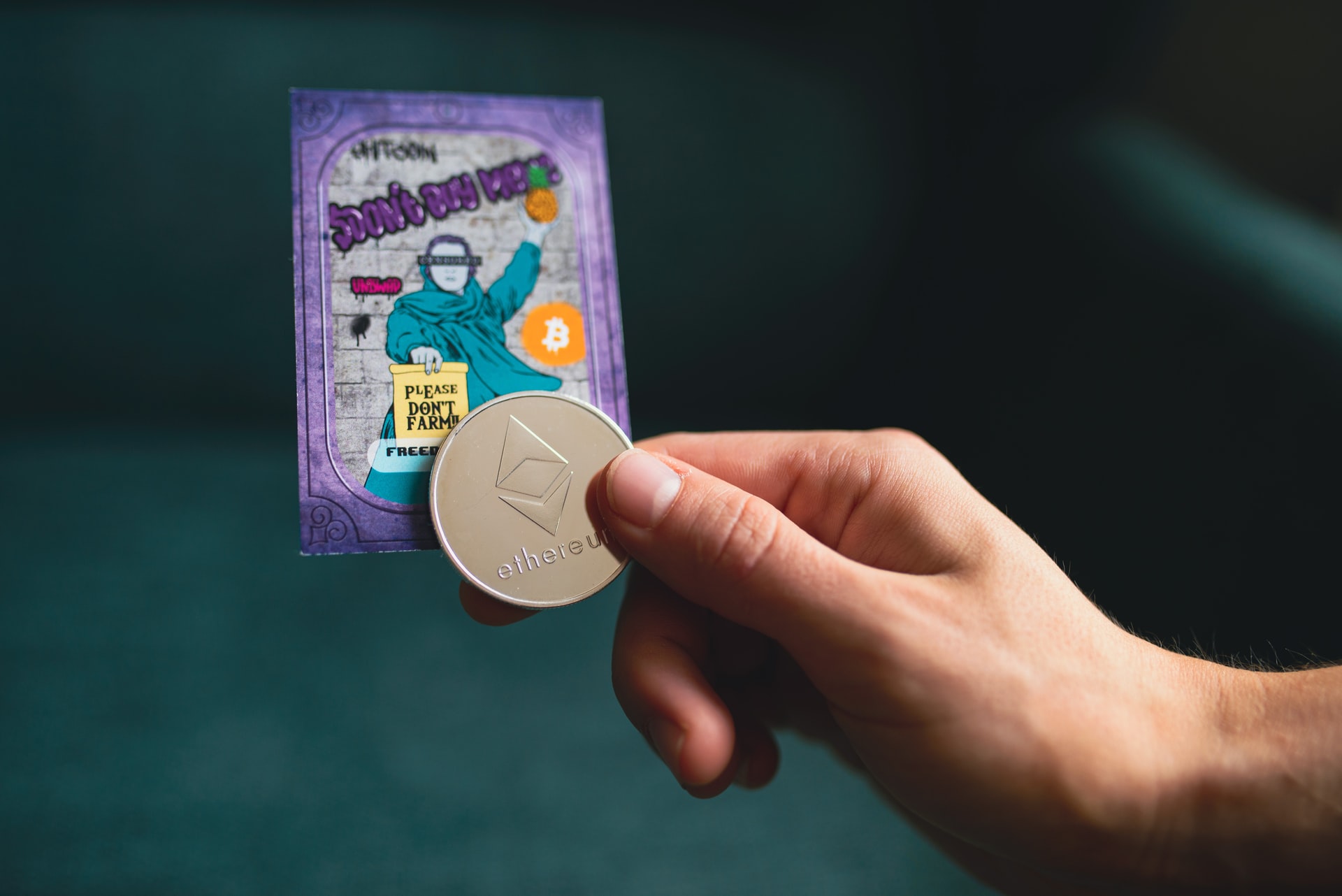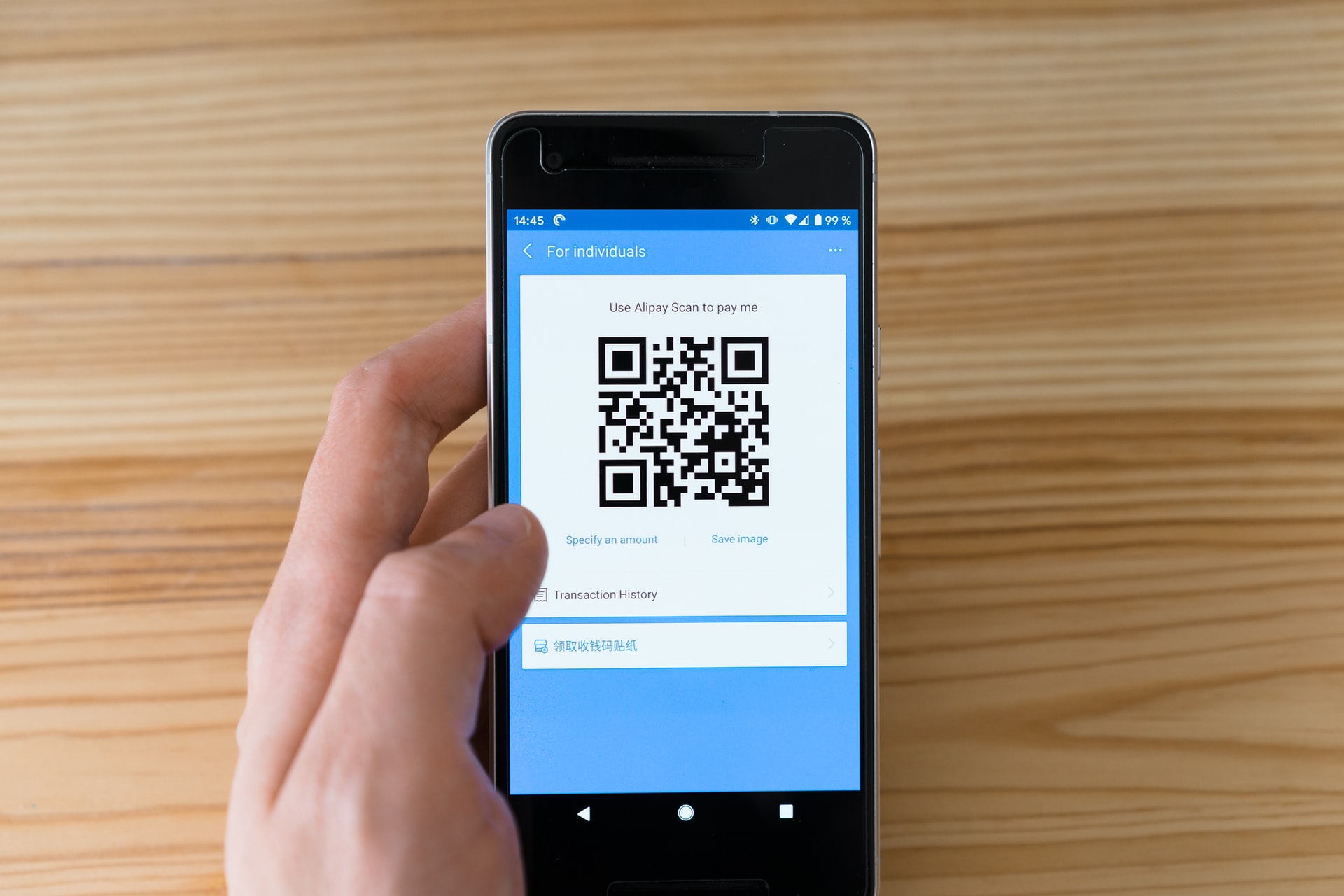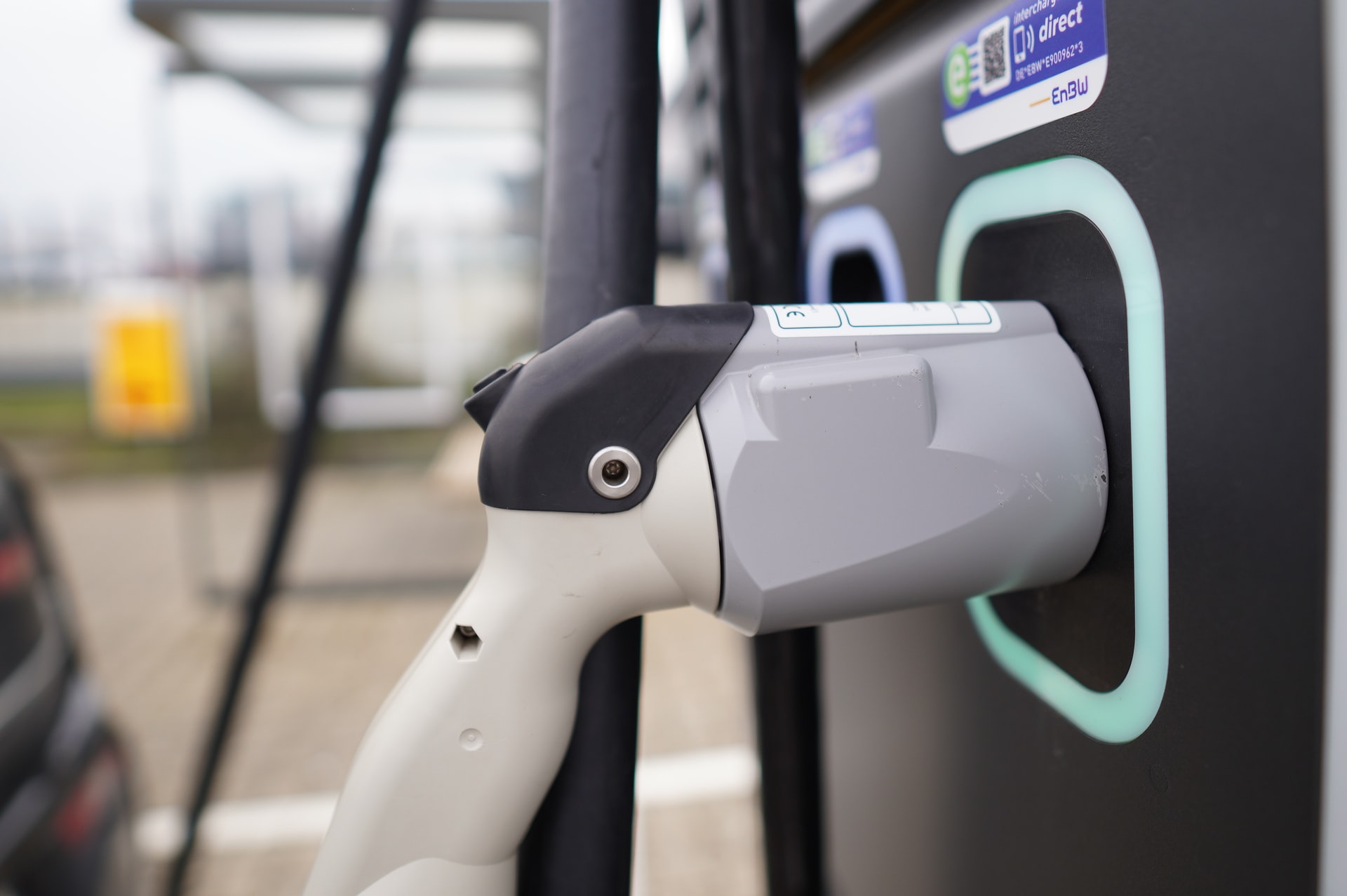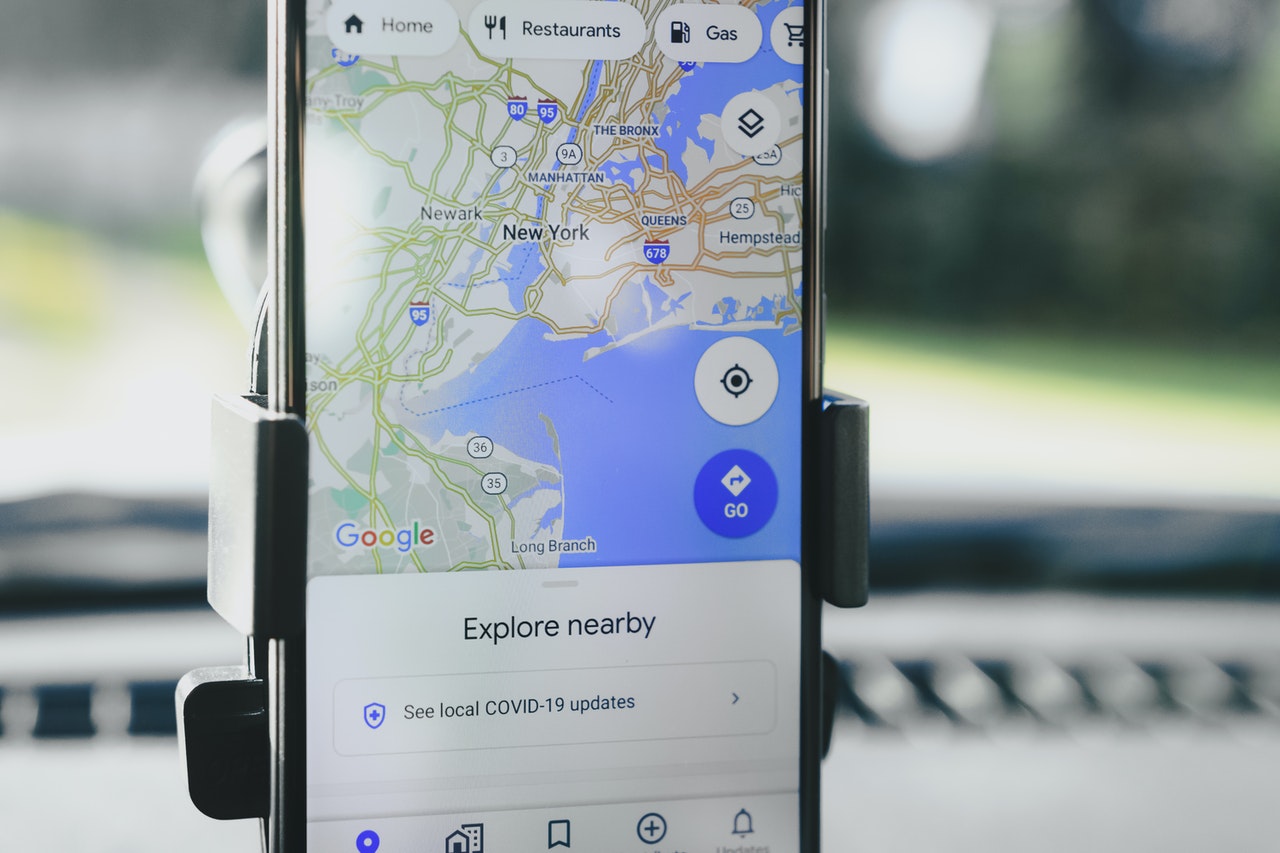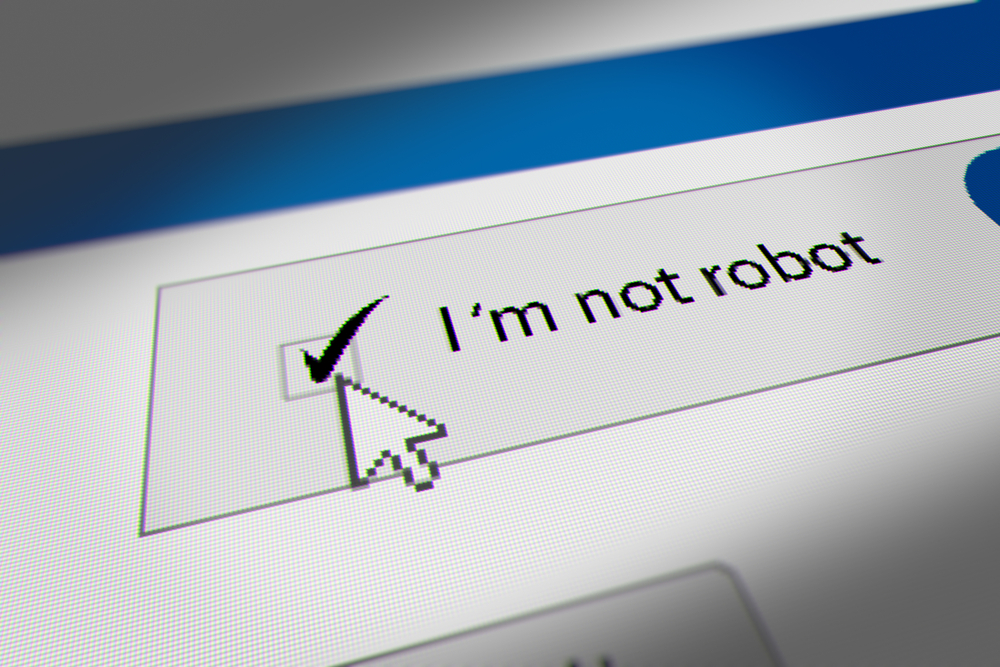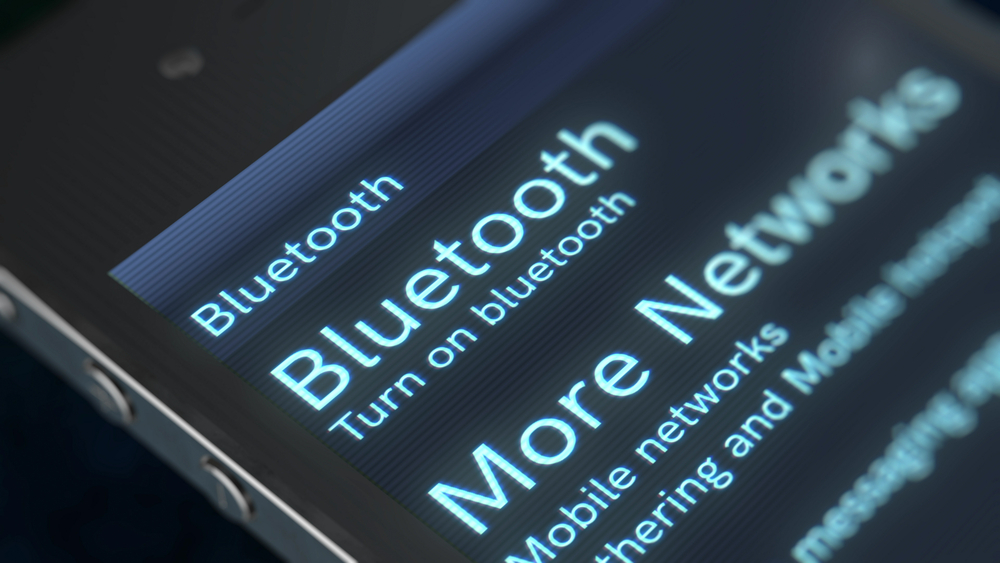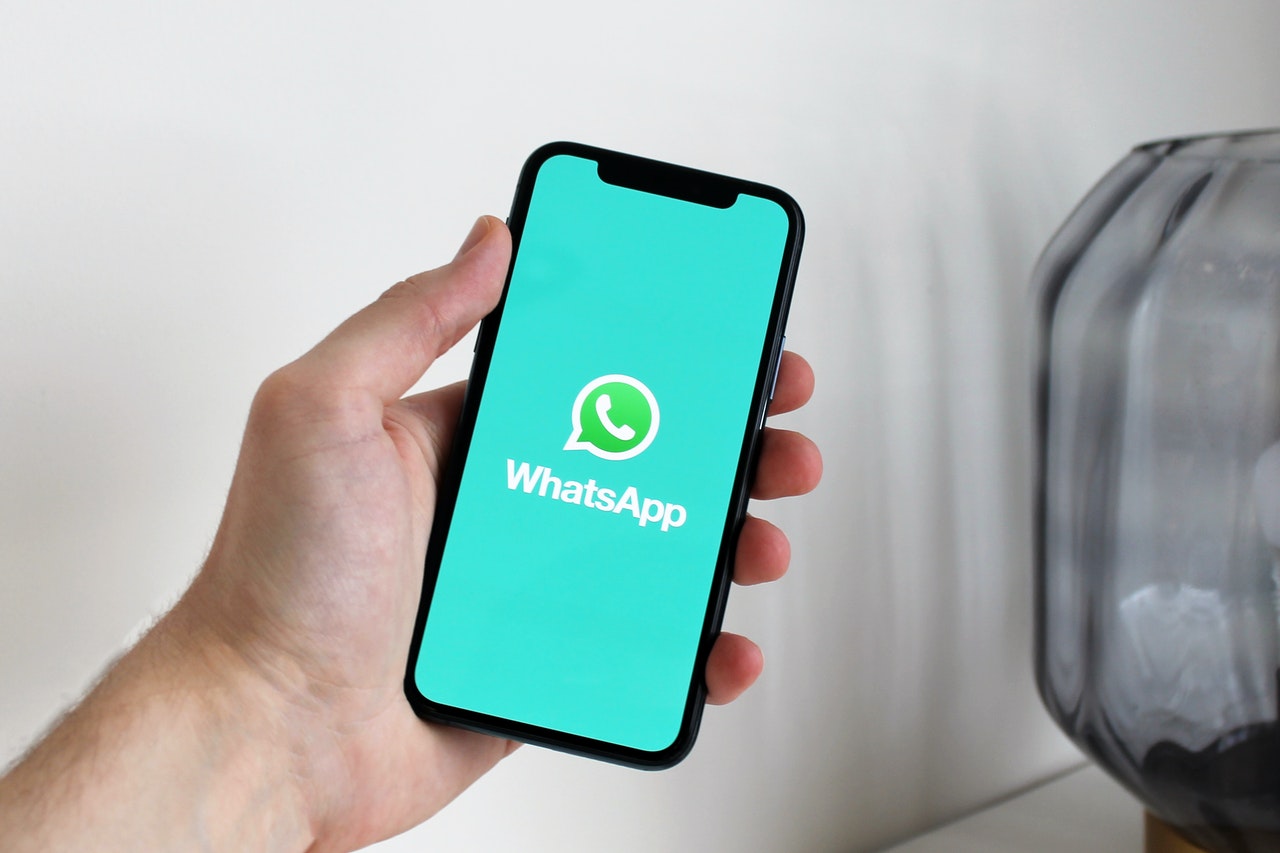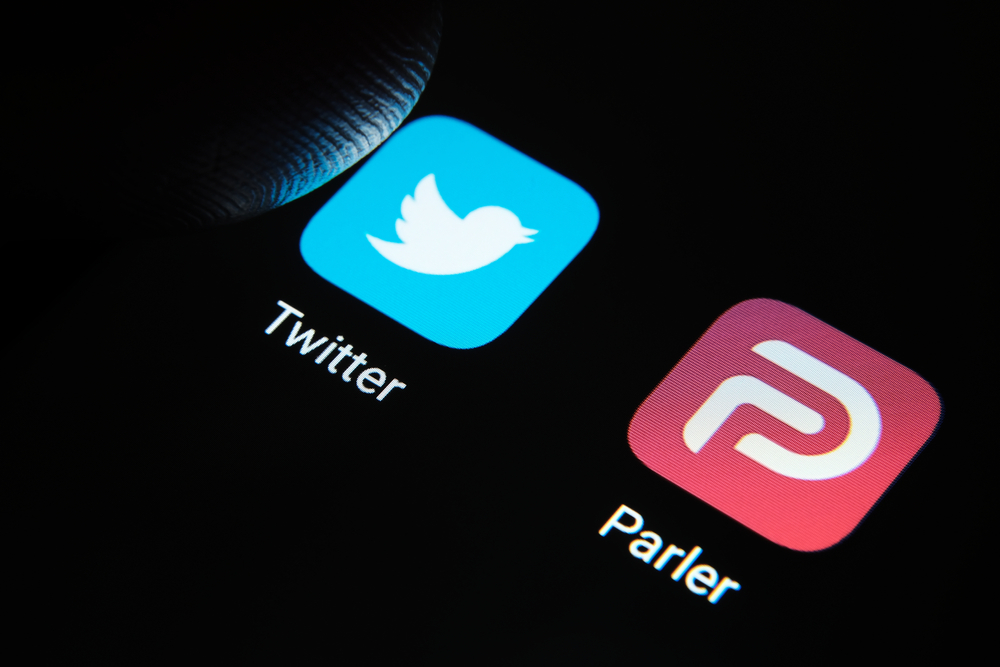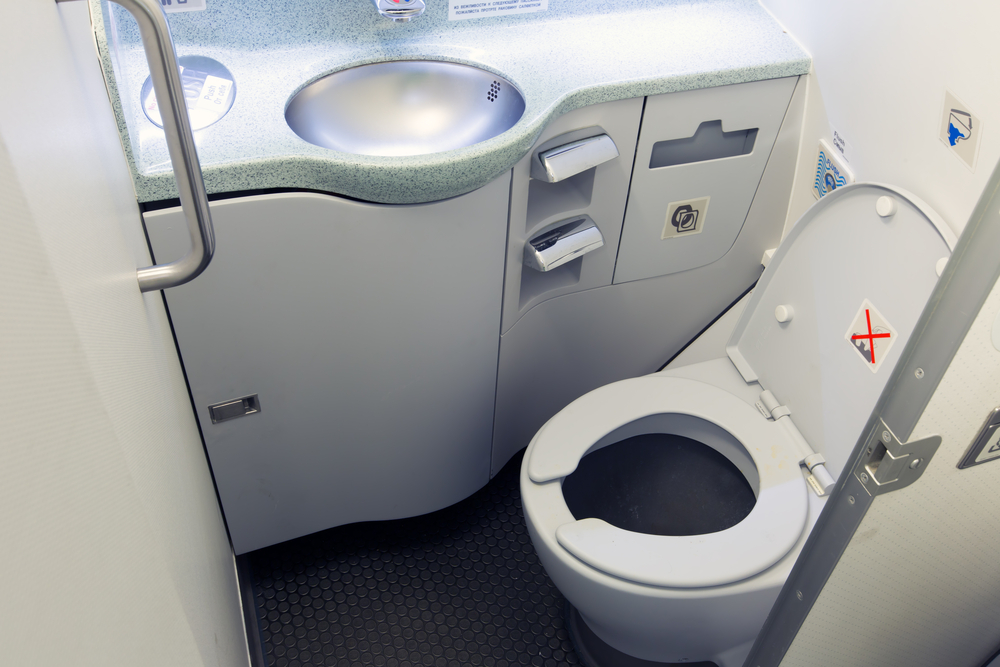Reading Time: < 1 minutes
- Space organisations such as NASA and ISRO build man-made satellites, things that orbit the earth.
- These satellites help scientists in multiple ways such as predicting weather, communication, tracking calamities etc. and are launched using owned or hired rockets.
- The ones for communication – beaming TV signals – have transponders, which receive and transmit content.
- One satellite can have up to 100 transponders and each transponder can carry many channels; so one satellite has a capacity of hundreds of TV channels.
- Let us say CNN wants to broadcast its programmes to the audience.
- So, it will rent a transponder with one of the satellites (national or foreign) e.g. ISRO-owned GSAT-16 communication satellite and beam its signal to that transponder.
- DTH providers, who have signed a deal with CNN for broadcasting it, will access the signal from the transponder that CNN has rented and work on the format and encryption of the content.
- After formatting, DTH providers will beam the signal to one of their many rented transponders on another or same satellite.
- The consumers’ DTH antenna (Dish) must bepositioned to face a particular DTH operator’s satellite to receive the signal.
- These signals are encrypted to prevent piracy and the card in the set-top box decrypts the content before you can watch programmes.
Image courtesy of Glenn Carstens-Peters through Unsplash
Reference shelf :







